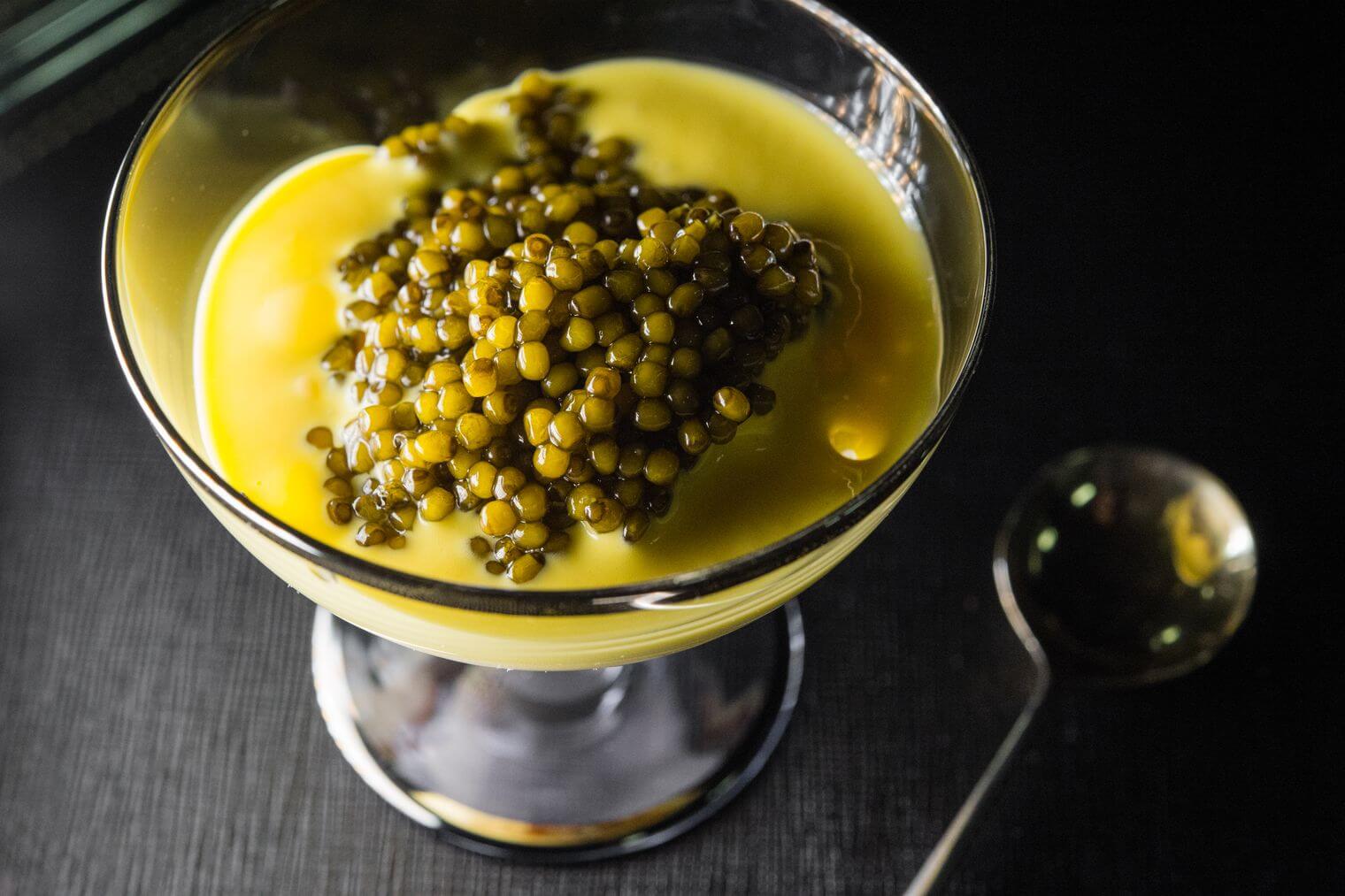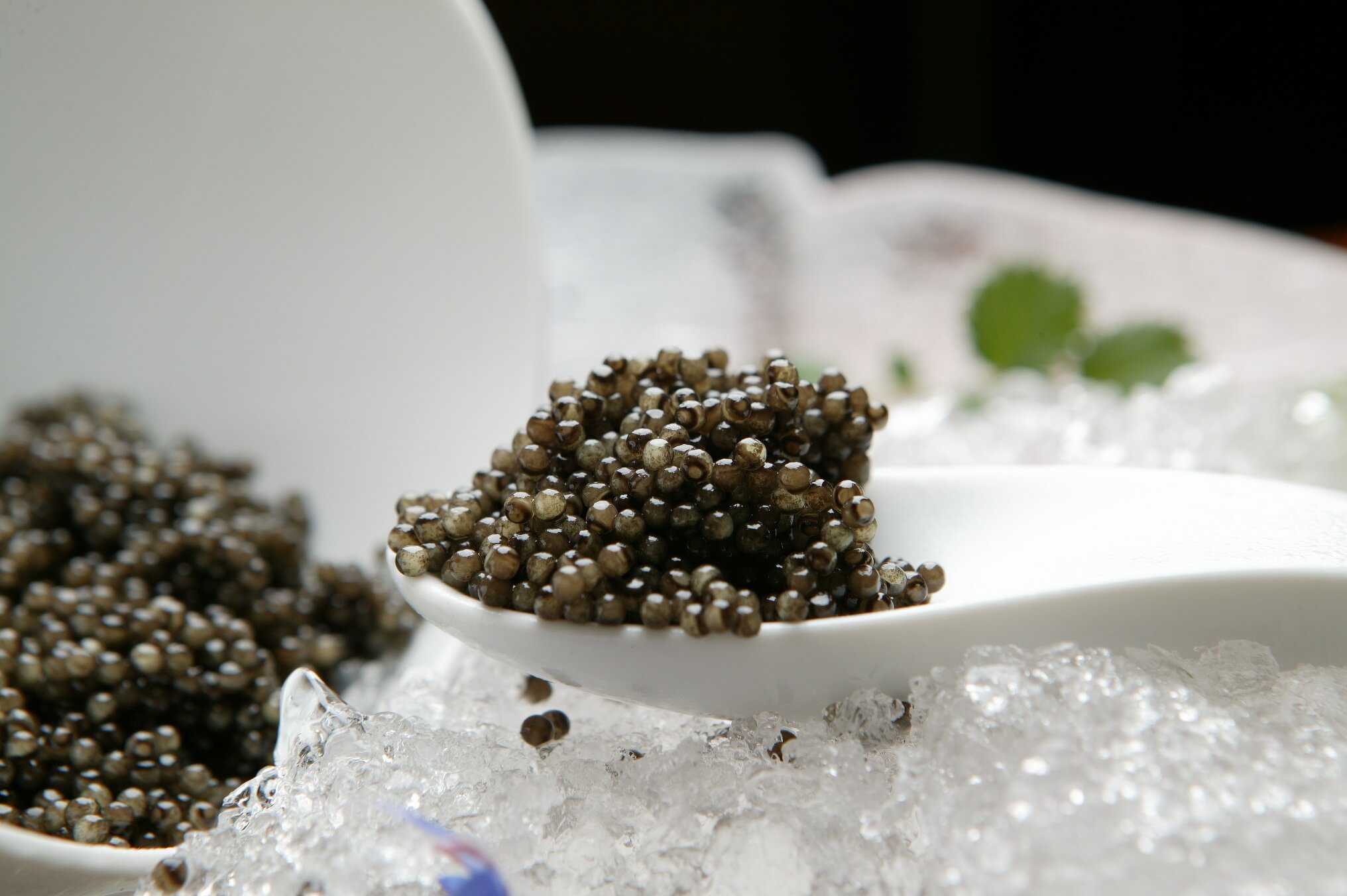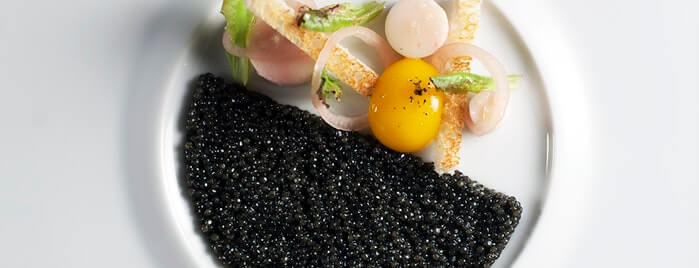Is there a possibility for caviar substitutes?
Ask anyone who has read a book or two and chances are, he knows the word caviar.
The problem is, while almost everyone knows the word caviar, only a few people really know what it is and where it comes from. Most people even commit the mistake of believing that caviar comes from the eggs of a salmon.
Caviar is an hors’ d’oeuvre, or a snack served before the main dish. It comes from the eggs of a sturgeon, a large fish that is found in both in northern rivers and coastal waters. Sturgeons are very important sources of caviar. Caviar is made by taking eggs which comprises up to 10 percent of a female sturgeon’s body weight. The eggs are then salted and drained, packed and aged.
About the sturgeon
Sturgeons actually live in the sea but they go back in Asian temperate regions after winter just to lay eggs. Sturgeons are important sources of caviar but this kind of fish has become a rare species that catching it is now prohibited. The mad rush for the Sturgeon‘s caviar has placed this species to an extinction level that the United Nations has banned its capture effective January 2006..
While the word caviar comes form the Persian word “khavyar” but today’s caviar is definitely Persian. Despite the prohibition of fishing sturgeons, the said country boasts of an annual caviar production of 1800 tons. In the United States, Sturgeons used to be eaten only by the Indians and the Americans have earlier developed a dislike for the fish that they used it to feed the slaves.
The American caviar industry was born, thanks to Henry Schact, an immigrant from Germany who started the business of catching Sturgeons. The United States became the world’s top caviar producer in the 19th century, producing almost 90 percent of the world’s caviar or roughly an annual caviar production of 600 tons nearing the end of the century.
Caviar comes in three variations or types, depending on the species of sturgeon from which they are sourced from, its size and color. But now that fishing for sturgeons have been banned or prohibited, caviar eaters are finding caviar substitutes sources of this hors d’ oeuvres.
Caviar eaters believe that genuine caviar only comes from the sturgeon species like Osetra Sturgeon, Sevruga Sturgeon or Beluga Sturgeon. Of the 50 types of Sturgeons, the Beluga Sturgeon is believed to the rarest and the largest source of caviar, and can weigh to more than 2500 pounds. The caviar produced from the Beluga Sturgeon is colored blue-gray tat tastes delicate and mild. The Osetra Sturgeon produces eggs that are golden yellow and has a nutty taste while the Sevruga Sturgeon produces eggs that are darkly colored and tastes strongly.
Fishes which are used for the caviar substitutes
Although purists stand by their preference for Sturgeon caviar, the rarity of this species has forced other caviar eaters to look for caviar substitutes like the American caviar which is sourced from the eggs of the salmon. Although not as pure, the caviar coming from other sources of caviar like the Salmon, Trout, Paddlefish, and Golden White Fish also tastes as delicious as the caviar sourced from the Sturgeons.
Caviar has become a bountiful food in the United States that it was even served in bars to go with alcoholic drinks. Caviar was so common in America in the 19th century that it was so cheap and was even served for free by big establishments like the Waldorf Astoria. While the caviar sturgeon industry in the United States suffered a setback due to the extinction of the fish species, the Americans have developed caviar from other fish species. Many have developed a taste for the American caviar that it now competes with the Russian caviar in terms of quality and demand.
The quality of caviar is usually known through its color and not by its shape or size. The Grade 1 caviar which is in demand world-wide, has a very light color is classified as 000. The Grade 2 caviar has a medium color tone and is classified as 00 while the caviar with the darkest color is classified as 0.
While caviar experts consider the Sturgeon caviar as the best caviar in the world, the extinction of the fish from where such caviar is sourced from should not stop caviar producers from looking at other fish species which also produces the eggs from which caviar is made.


